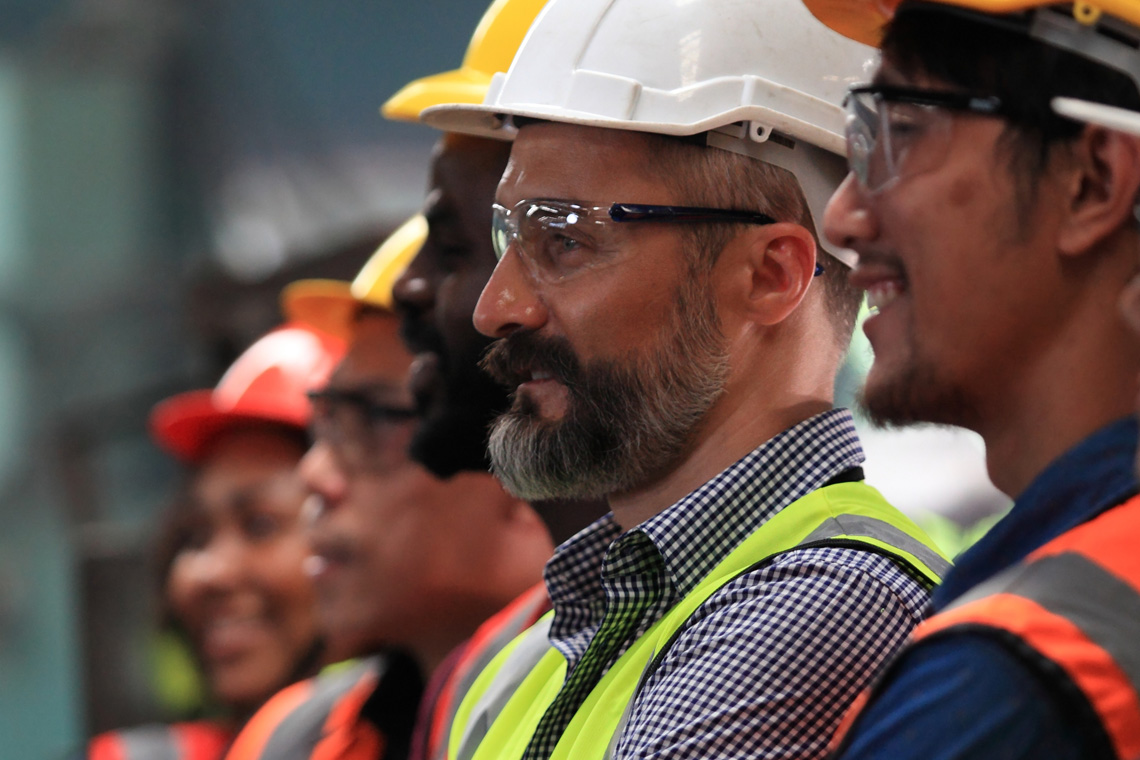Safety & Wellness
How to Make Workplace Safety Posters Effective
As communication devices, workplace safety posters don’t always fulfill their function. Many people don’t want to spend time reading them, for example, and they’re often placed—and easily overlooked—on already-cluttered bulletin boards. When they don’t succeed in communicating their information to people who need to know it, they become a waste of money and resources. By following a few best practices, though, a company can make safety posters effective tools for emphasizing the main points of its workplace safety program.
How to Boost Psychological Safety
The concept of psychological safety was first identified by Amy Edmondson, who defines it as “a belief that one will not be punished or humiliated for speaking up with ideas, questions, concerns, or mistakes, and that the team is safe for interpersonal risk-taking.
Risks of the “X Days without Injury” Approach to Safety
Safety in the workplace is a must, and leaders are always looking for ways to create work environments that meet or exceed recommended safety standards. One popular strategy is to implement safety incentive programs, which usually have the goal of raising awareness of safety procedures and motivating employees to adhere to them. But many safety managers are now wondering if these programs are truly successful—or if they do more harm than good. When deciding whether to implement a safety incentive program, organizations should consider its risks.
How Should Safety Figure into a Company’s Purchasing Decisions?
Important company priorities include efficiency, speed, revenue, and profit. The connections among those four are obvious: without speed and efficiency, an organization won’t make revenue and profit. But what role should safety play in a company’s purchasing decisions?
To Increase Safety, Get Rid of the Scare Tactics
Safety is the only department where, when performance drops, it's common practice to bring in an outside speaker to sling platitudes for an hour in hopes that performance will improve afterward. When production lags or when revenues fall or when hiring slows down, companies don’t pay consultants to talk about those issues with front-line staff for an hour. But safety does.





